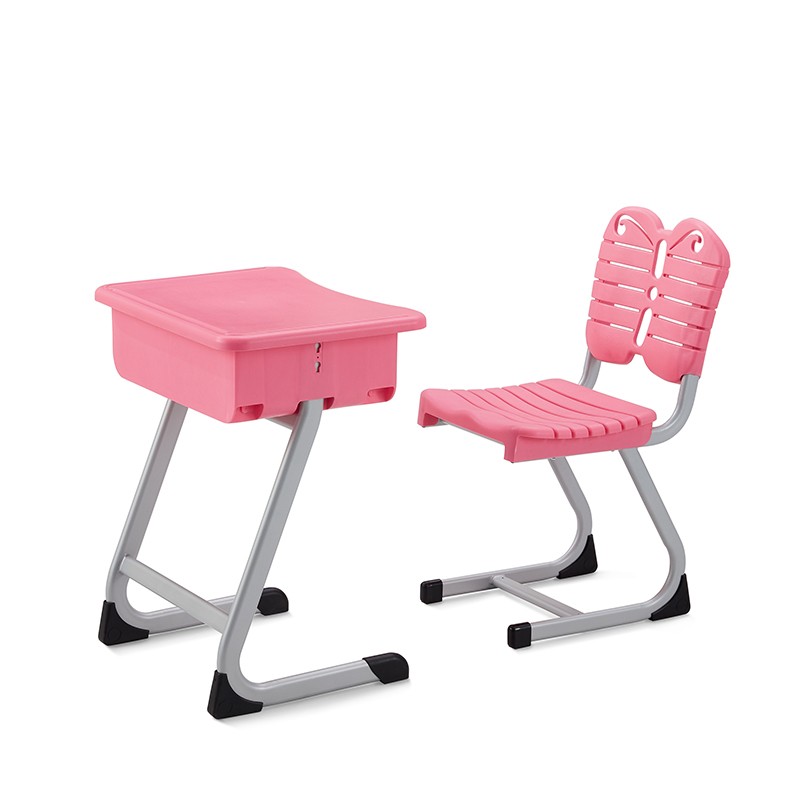How To Reduce Cross-Border Logistics Costs By 30% Through Skd Semi-Knockdown?
Pain points of cross-border logistics: the "hidden cost black hole" of traditional packaged exports
In cross-border trade of educational furniture, packaged transportation has long been the mainstream, but with the fluctuation of international shipping capacity, high waste rate of container space, and rising labor costs of assembly at the destination, the hidden loss of total logistics costs can reach 25%-30% of the order value. How to break the deadlock? SKD semi-knockdown packaging is becoming the optimal solution to balance cost and efficiency.
The core logic of SKD semi-knocked-down packaging: space for cost, modules for efficiency
As a leading manufacturer of educational furniture in China, AOYASI has summarized four cost reduction dimensions of the SKD model based on the scale production experience of its own factory of 30,000 square meters:
Increase in container loading rate: dismantle large-volume components, optimize stacking structure, and increase the volume utilization rate of 40-foot cabinets from 68% to 92%;
Tariff cost optimization: some countries have lower import tariffs on semi-finished furniture than finished products;
Manpower saving for terminal assembly: pre-assemble 80% of the core frame, retain only 20% of the simple installation links, and reduce overseas labor dependence;
Decrease in transportation damage rate: modular sub-packaging + EPE buffer customization, logistics loss is compressed from 5% to less than 0.8%.

Factory-level implementation plan for SKD cost reduction of 30%
Pain points of traditional CKD model:
The assembled tables and chairs take up a lot of space, and only 120 sets are loaded in a single cabinet;
After arriving at the port, professional workers are required to assemble each set in 2 hours, and the labor cost accounts for more than 15%;
The friction between the metal legs and the tabletop during transportation causes batch scratches.
SKD model reconstruction process:
Standardized component disassembly: desktop, bracket, and connector are packaged separately, and vertical stacking is achieved by using honeycomb panel interlayers;
Key nodes of pre-assembly: the factory completes the pre-fixation of screws on the table legs and beams to reduce the need for terminal tools;
Lightweight packaging design: foldable PP corner guards are used instead of wooden frames, and the weight of a single set of packaging is reduced by 40%;
Digital installation guide: The accessory package comes with a 3D dynamic QR code tutorial, and ordinary users can complete the assembly within 30 minutes.
Cost optimization results:
✅ The loading capacity of a single cabinet increased from 120 sets to 210 sets, and the unit logistics cost decreased by 28%;
✅ The efficiency of assembly at the destination increased by 60%, and the labor cost was reduced by 22%;
✅ The transportation damage rate was zero, and the after-sales cost was reduced by 100%.
Three major technical barriers and breakthrough solutions for the implementation of the SKD model
Balance between component disassembly and function:
Risk: Excessive disassembly leads to increased complexity of terminal assembly;
Countermeasures: AOYASI develops a "functional module integration evaluation model" to ensure that 80% of the pre-installed structure is retained after disassembly.
Packaging compression resistance and storage adaptability:
Risk: Non-standard parts are prone to deformation during transportation;
Countermeasures: Use AI simulation to test different stacking schemes, combined with EPE+PET composite cushioning materials for directional protection.
Global compliance adaptation:
Risk: Differences in certification standards for semi-finished furniture in some markets;
Countermeasures: SKD packaging comes with CE/FSC/EPA and other modular certificates, supporting "ready-to-install and sell" at the destination.
Industry trend: From SKD to "supply chain coupling design"
AOYASI factory data shows that the SKD model requires deep collaboration with upstream and downstream:
Production end: Implant the DFA concept, and preset disassembly nodes in the product development stage;
Logistics end: Cooperate with shipping companies to promote "SKD dedicated containers" to further compress loading gaps;
Purchasing end: Customers can freely choose SKD/CKD mixed orders to match the urgency and budget of different projects.


